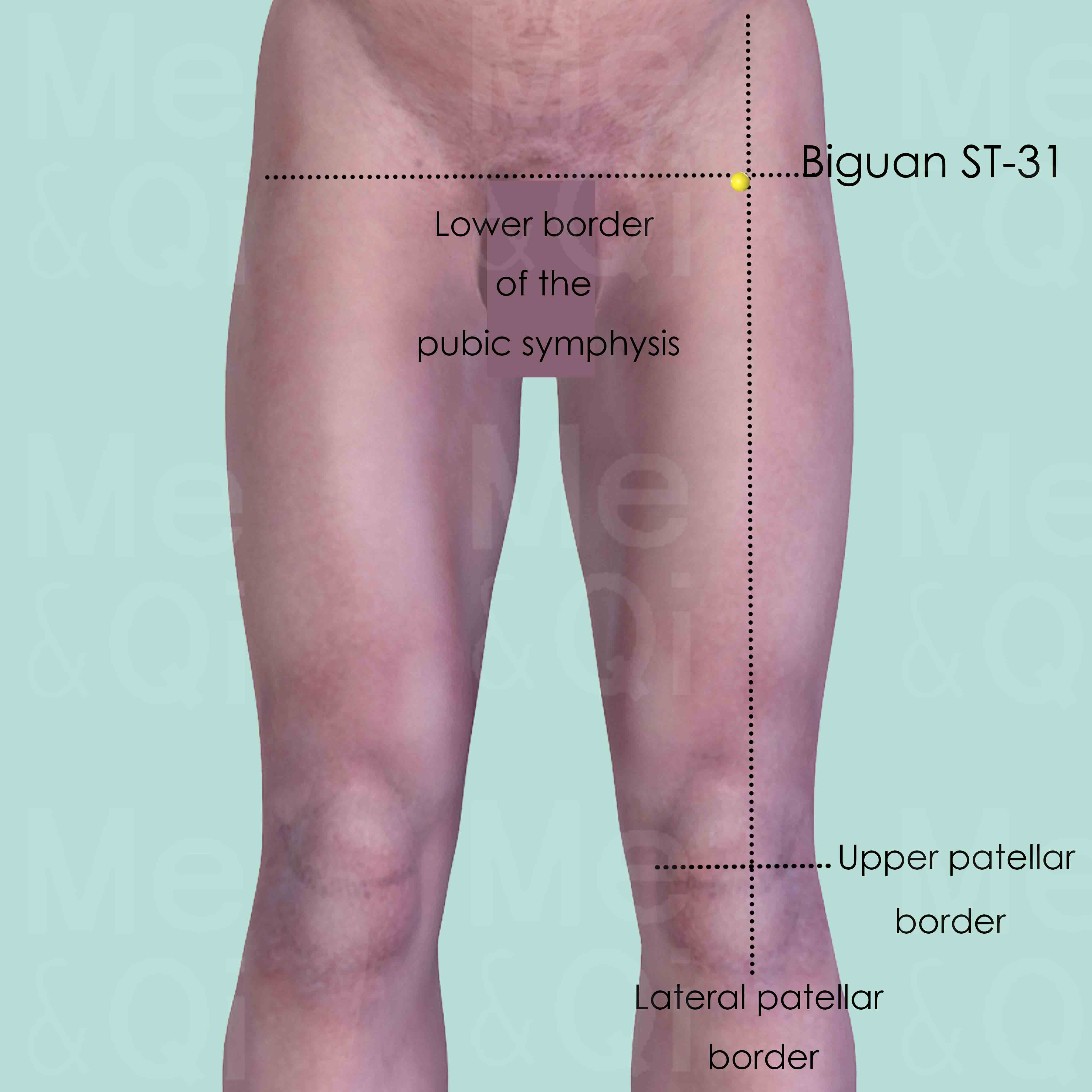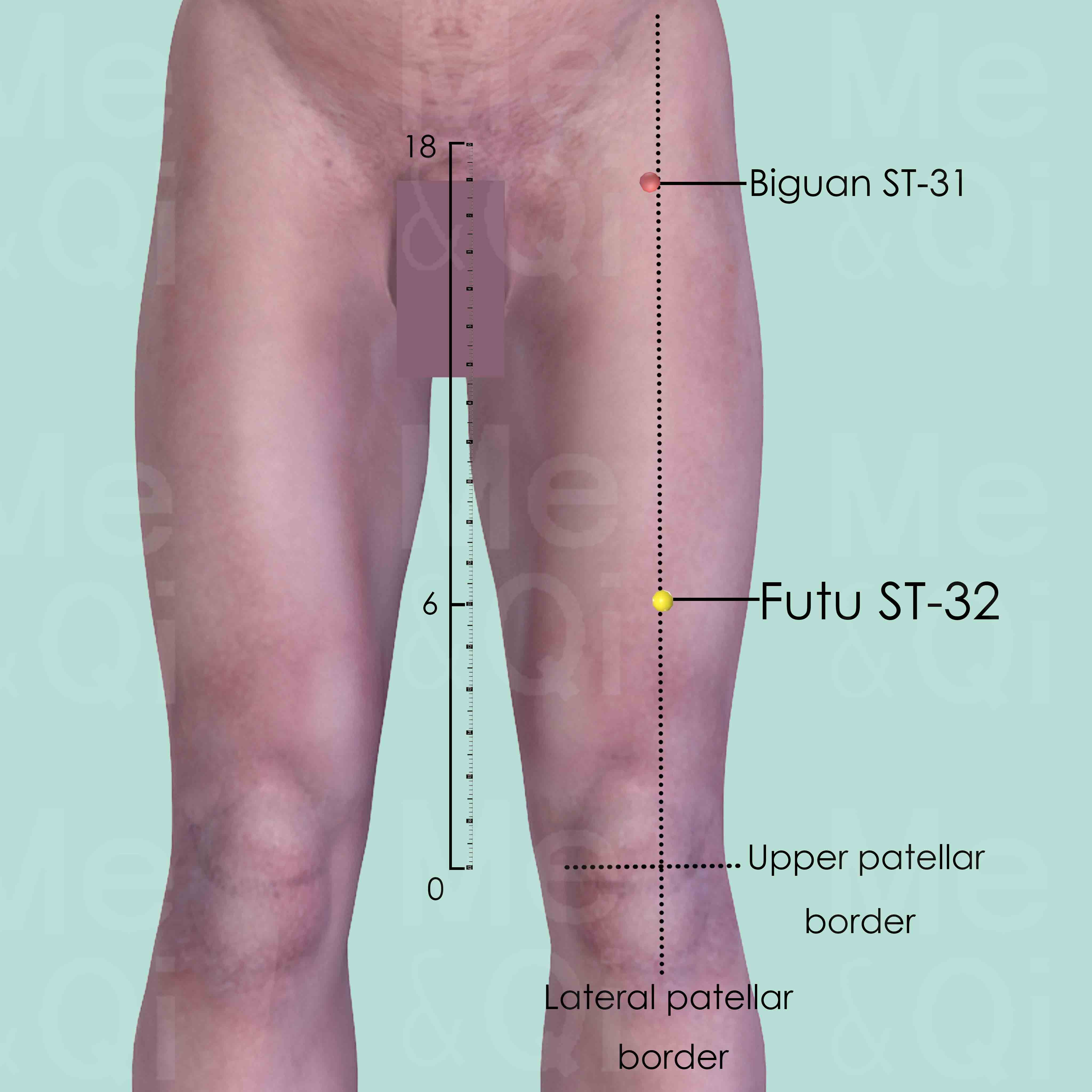Thigh Contractionaccording to TCM
Symptom family: Legs disorders and Symptoms
What is Thigh Contraction?
Thigh contraction refers to the involuntary tightening or spasm of the muscles in the thigh. This condition can cause discomfort, pain, and sometimes difficulty in movement. Thigh contractions can be transient or persistent, affecting one or both thighs.
Various factors, including muscle fatigue, dehydration, and electrolyte imbalances, can trigger these contractions. In more severe cases, thigh contraction might indicate underlying medical issues, making it essential for individuals experiencing frequent or severe spasms to seek medical advice.
How Does TCM View Thigh Contraction?
Traditional Chinese Medicine (TCM) offers a unique perspective on thigh contraction, viewing it as a symptom of imbalance within the body's Qi (vital energy) and Blood flow. TCM practitioners believe that thigh contraction can result from the stagnation of Qi and Blood, the invasion of external pathogenic factors such as Wind, Cold, or Dampness, or underlying deficiencies in the body’s Yin, Yang, Qi, or Blood.
Identifying and treating the root cause of the imbalance through a combination of acupuncture, herbal medicine, and dietary adjustments is crucial for relief and recovery.
Acupoints for Thigh Contraction
In addressing thigh contraction, TCM emphasizes the importance of restoring the smooth flow of Qi and Blood to relieve muscle spasms. Acupoints along the Stomach Channel are particularly beneficial for this condition. Biguan ST-31, located directly below the anterior superior iliac spine at the level of the lower border of the pubic symphysis, is utilized to remove obstructions from the Channel and expel Wind and Dampness, aiding in the relief of muscle tension.
Another valuable point, Futu ST-32, found 6 cun above the upper-lateral border of the patella, serves a similar purpose in restoring the flow of Qi and ensuring the proper nourishment of the thigh muscles. These acupoints, when stimulated through acupuncture or acupressure, can significantly alleviate the symptoms of thigh contraction, promoting healing and balance within the body.
Explore below some acupoints used to address thigh contraction, organized by meridian.
- By Meridian
- Stomach Channel

Biguan ST-31
Directly below the anterior superior iliac spine (ASIS), at the level of the lower border of the pubic symphysis, in the depression on the lateral side of sartorius muscle when the thigh is flex.

Futu ST-32
6 cun superior to the upper-lateral border of the patella, on the line connecting the anterior superior iliac spine (ASIS) and upper lateral border of the patella.
